News & Views, Volume 46 | Application of Probabilistic Flaw Tolerance Evaluation Optimizing NDE Inspection Requirements
By: Christopher Lohse
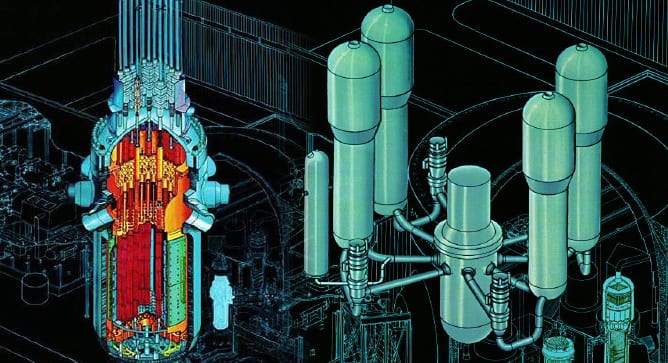
By: Christopher Lohse

By: Jacob Arroyo
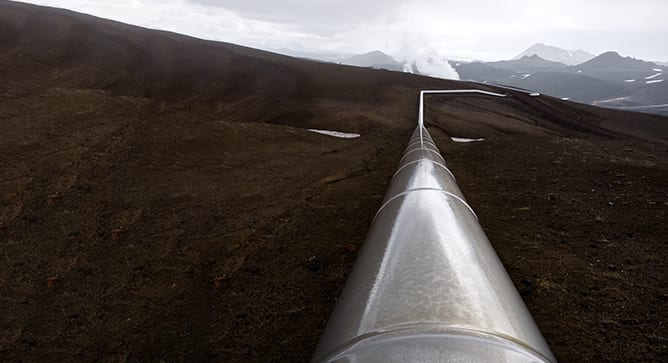
Traditionally, validations can be done using costly excavations of anomalies found by the tool. In cases where those anomalies need to be repaired, this approach is effective, and the validation does not require any further excavations. For some ILI inspections, the tool does not call any anomalies that need to be repaired. The traditional approach, in this case, has been to excavate sub-critical anomalies just for validation. In such cases, an ILI validation spool can be a valuable asset. ILI validation spools can be designed to quantify the uncertainty of the full spectrum of anomaly types without additional excavations, thus freeing up valuable resources to be allocated elsewhere to improve safety, minimizing the exposure risk of excavating pipeline assets while under full operating pressure.
By: Tim Griesbach and
For the past several years baffle-former bolt (BFB) cracking in pressurized water reactors has become a significant concern for of PWR plants. In 2016, three similar Westinghouse designed plants (Indian Point 2, Salem 1, and D. C. Cook Unit 2) experienced significant numbers of cracked BFBs, attributed to irradiation-assisted stress corrosion cracking (IASCC). These plants had common characteristics that included the 4-loop plant design, downflow configuration, and Type 347 stainless steel bolting material. BFB cracking is not an entirely new phenomenon as it was initially detected in the French PWR fleet in the 1990s. However, the extent of cracking found in some of the US plants has greatly exceeded prior cracking. Extensive industry programs have identified and categorized by tier group the most susceptible plants, and the EPRI Materials Research Program (MRP) has published guidance regarding baffle-former bolt UT inspections for PWR plants for detection of degraded and cracked bolts in the baffle-former assembly (MRP-2017-009).
By: Jonnathan Warwick, Terry Totemeier, and Brian Chambers, Duke Energy
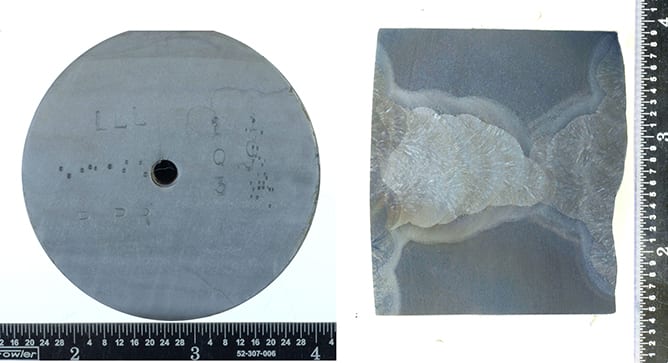
By: David Segletes and Dan Peters
One of the strengths of the Structural Integrity Associates (SI) team lies in the diversity of the skills and capabilities in the organization. Sure, SI can perform inspection, analysis, design, metallurgy, failure investigations, risk assessments, and project management, but one of the real values of working with SI is when all of those aspects are brought together to solve an issue.
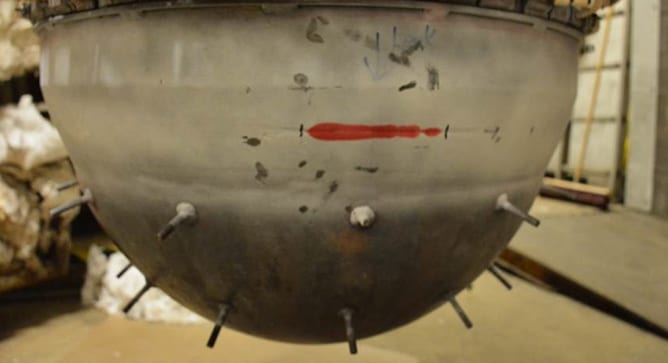
By: Jason Van Velsor, Roger Royer, and Eric Houston
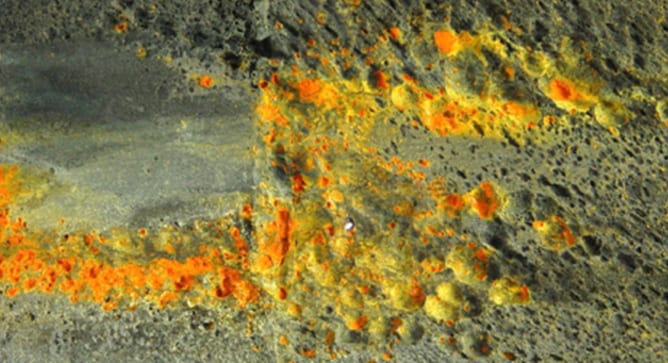
By: Bill Lyon
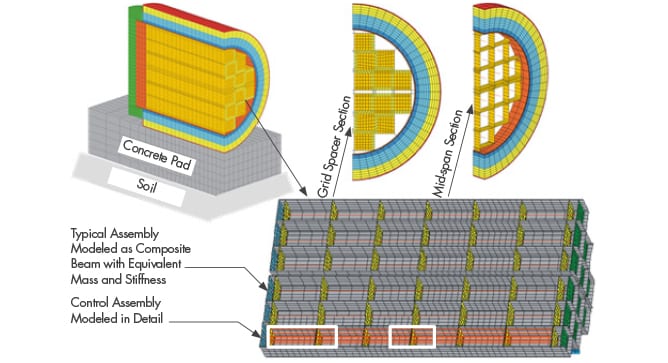
By: Eric Kjolsing and Dan Parker
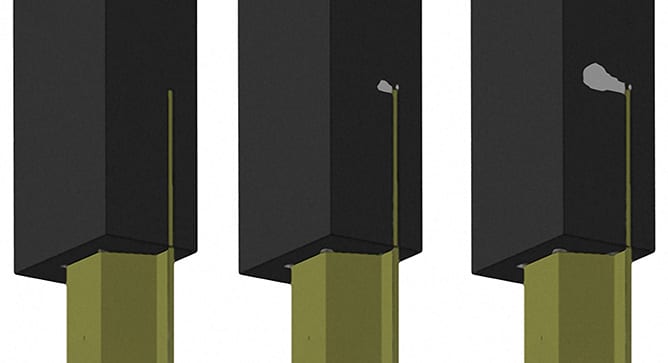
By: Terry Totemeier
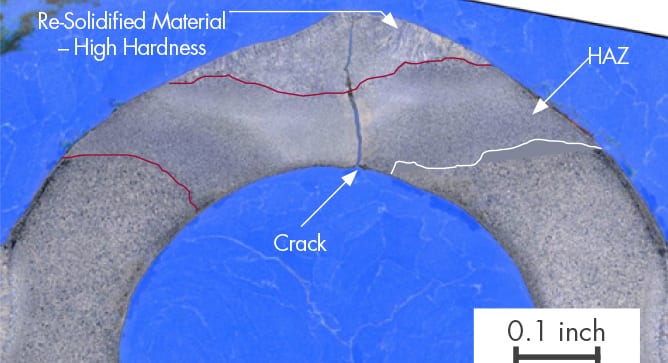
By: Andy Coughlin
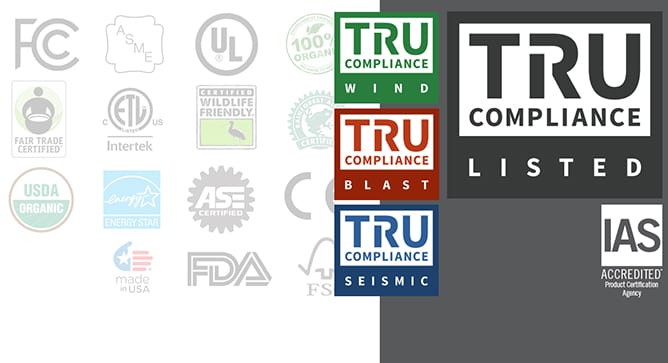
“This is a significant milestone for Structural Integrity and our certification agency, TRU Compliance,” Chris Larsen, Vice President of Critical Structures at Structural Integrity comments. “The accreditation further validates our robust program as well as our comprehensive approach, which not only meets the stringent guidelines of the ISO standards but offers our customers a full scope solution for product certification”.
SIGN UP FOR OUR NEWSLETTER
*Join the conversation. Sign up to receive emails, events, and latest information!
1-877-4SI-POWER
(1-877-474-7693)
This site uses cookies. By continuing to browse the site, you are agreeing to our use of cookies.
OKLearn MoreWe may request cookies to be set on your device. We use cookies to let us know when you visit our websites, how you interact with us, to enrich your user experience, and to customize your relationship with our website.
Click on the different category headings to find out more. You can also change some of your preferences. Note that blocking some types of cookies may impact your experience on our websites and the services we are able to offer.
These cookies are strictly necessary to provide you with services available through our website and to use some of its features.
Because these cookies are strictly necessary to deliver the website, refusing them will have impact how our site functions. You always can block or delete cookies by changing your browser settings and force blocking all cookies on this website. But this will always prompt you to accept/refuse cookies when revisiting our site.
We fully respect if you want to refuse cookies but to avoid asking you again and again kindly allow us to store a cookie for that. You are free to opt out any time or opt in for other cookies to get a better experience. If you refuse cookies we will remove all set cookies in our domain.
We provide you with a list of stored cookies on your computer in our domain so you can check what we stored. Due to security reasons we are not able to show or modify cookies from other domains. You can check these in your browser security settings.
These cookies collect information that is used either in aggregate form to help us understand how our website is being used or how effective our marketing campaigns are, or to help us customize our website and application for you in order to enhance your experience.
If you do not want that we track your visit to our site you can disable tracking in your browser here:
We also use different external services like Google Webfonts, Google Maps, and external Video providers. Since these providers may collect personal data like your IP address we allow you to block them here. Please be aware that this might heavily reduce the functionality and appearance of our site. Changes will take effect once you reload the page.
Google Webfont Settings:
Google Map Settings:
Google reCaptcha Settings:
Vimeo and Youtube video embeds:
The following cookies are also needed - You can choose if you want to allow them:
You can read about our cookies and privacy settings in detail on our Privacy Policy Page.
